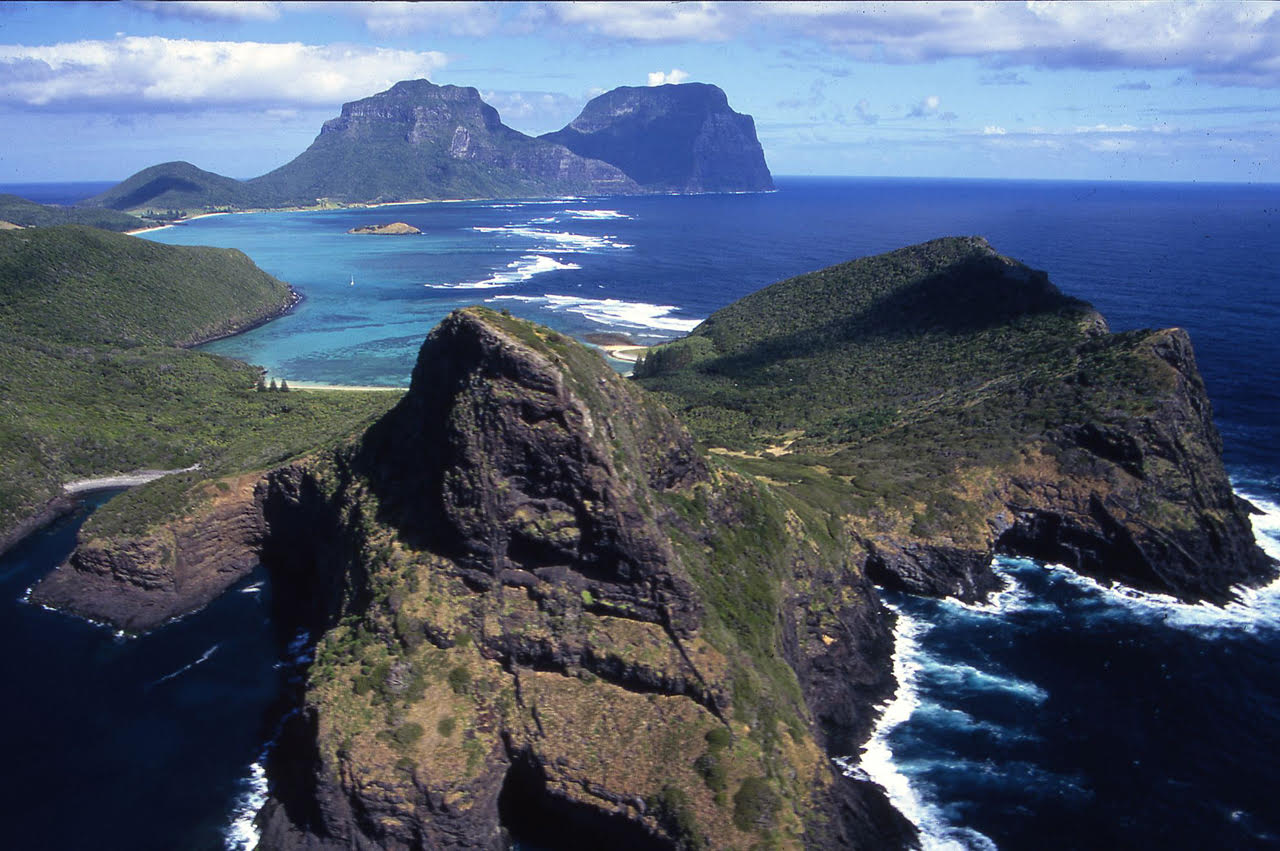
Lord Howe Island; photograph by Ian Hutton
UPDATE: An early-review publication, recently available open access, details the success of taking two non-target land birds into temporary captivity on Lord Howe while the rodent eradication was underway.
O’Dwyer, T.W., Carlile, N., O’Neill, L., Fairlamb, H. & Bower, H. 2023. Protection and mortality of non‑target terrestrial bird species during the eradication of rodents on Lord Howe Island. Biological Invasions. doi.org/10.1007/s10530-023-03161-w.
13 October 2023
Lord Howe Island is a World Heritage natural property situated some 600 km off the coast of New South Wales, Australia, in the Tasman Sea. The 1 455-ha island is inhabited by a resident population of 455 (in 2020), which can nearly double with the presence of tourists. The island supports important breeding populations of several species of shearwaters and petrels (click here).
Following a 15-year period of research and planning, in 2019 the Lord Howe Island Rodent Eradication Project conducted a combined aerial and ground-baiting operation to rid the island of its introduced Ship or Black Rats Rattus rattus and House Mice Mus musculus.
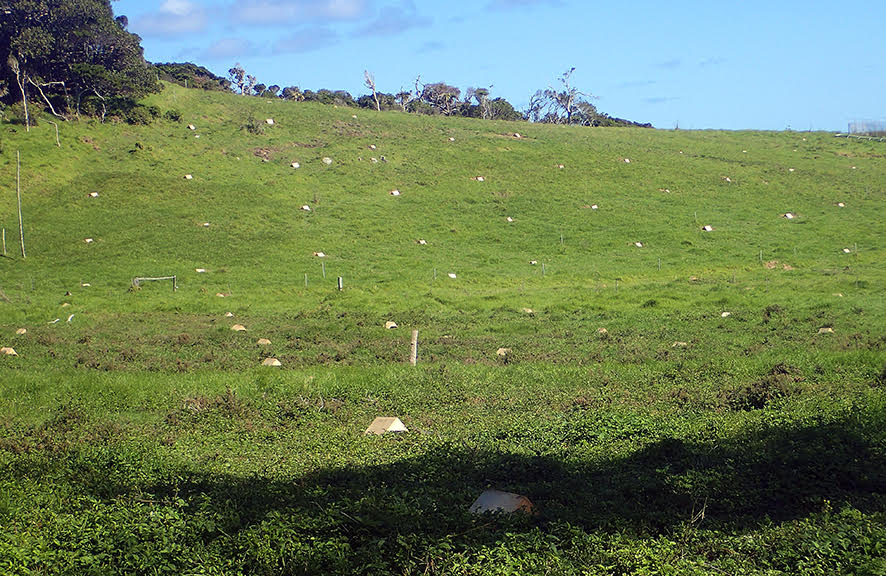
Roofed rodent bait stations spread across a field on Lord Howe Island in July 2019; photograph by Ian Hutton
The prevailing “rule of thumb” is that two years should elapse before declaring a treated island rodent free, allowing for any survivors to breed up to detectable levels. However, although it looked promising that success had been achieved in the 18 months following the baiting operation, in April 2021 a male and a pregnant female rat were caught on the island, only a few months before the two years was up. A quick response followed with ground baiting, use of detection dogs and monitoring camera stations, resulting in a total of 96 rats (44 adults and 52 juveniles) being caught by August 2021, with no further records of live animals being made since then. All rats caught were within the Settlement part of the island.
With the two-year wait then deferred until mid-2023 as a consequence of these rodents being detected, it is now pleasing to report that following a two-week survey conducted in July 2023 there has been no sign of rats or mice on Lord Howe Island for over two years. This was reported in the monthly Lord Howe Island Board’s Community News of 25 September 2023.
More than 950 detection device checks were undertaken during the survey, using 140 tracking tunnels, 32 trail cameras, and 300 wax tags and chew cards, along with sweeps with detection dogs. The results were then analysed and confirmed by independent experts from the New Zealand Department of Conservation’s Island Eradication Advisory Group. The formal check followed regular checks with dogs and camera surveillance throughout the past two years in that part of the island where the inhabitants live. In contrast, no live mice have been recorded on Lord Howe since early July 2019.
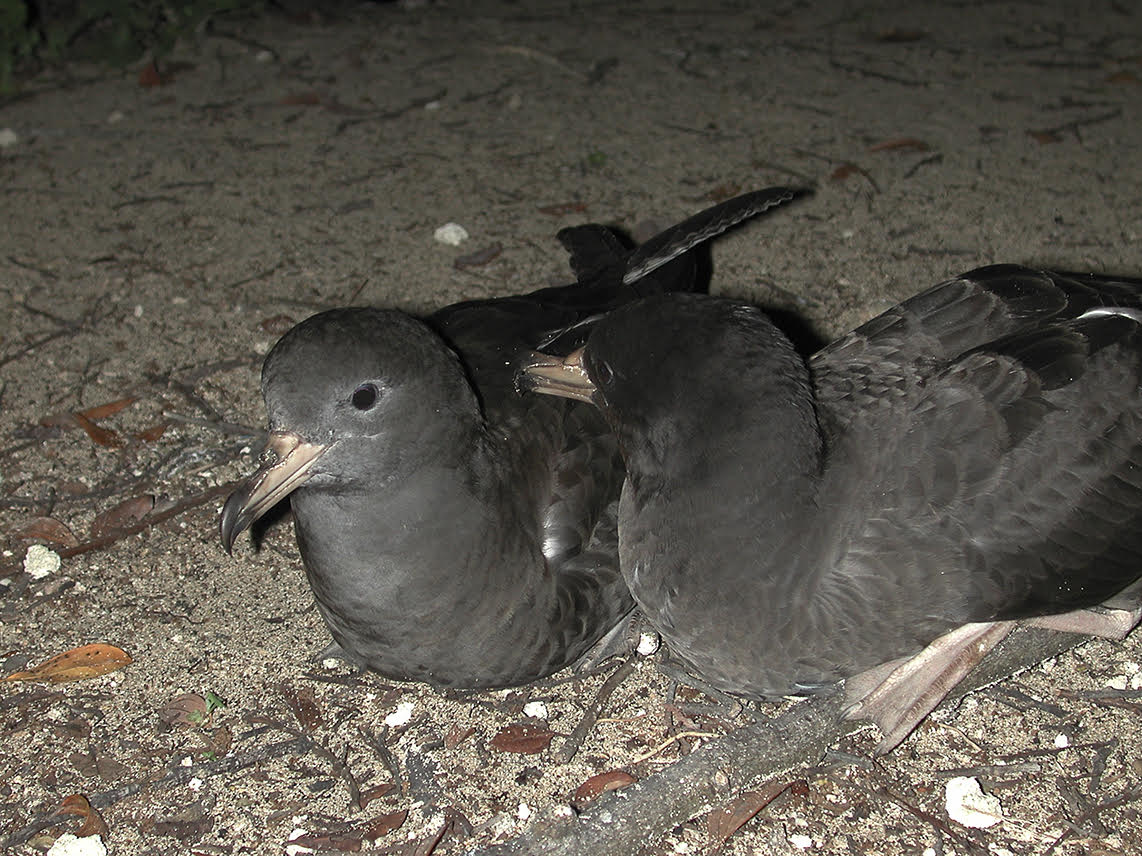
Now thankfully safe from rodents: a pair of Flesh-footed Shearwaters Ardenna carneipes on Lord Howe Island; photograph by Ian Hutton
Breeding success of Black-winged Petrels Pterodroma nigripennis increased dramatically from as little as 2.5% to 67% within one year of removal of Lord Howe Island’s rodents, showing the undoubted conservation value of the eradication project. Similarly, abundances of other bird species and of endemic invertebrates on Lord Howe have increased by orders of magnitude since 2019 (click here). For example, the endemic and Endangered Lord Howe Woodhen Hypotaenidia sylvestris has increased in population size from fewer than 500 prior to 2019 to 1147 in the last (incomplete) survey conducted in November 2022 – and in the 1970s there only 20-30 birds! In another success, the Masked Booby Sula dactylatra is now breeding on the main island for the first time since the rodents were eradicated.
On the invertebrate front, the endemic Lord Howe Island Wood-feeding Cockroach Panesthia lata (click here) and several species of pinwheel snails Pseudocharopa sp. (click here), all thought to be extinct on the main island, have been rediscovered following the rodent eradication. Vegetation changes have also been dramatic, with the forest floor on Mount Gower and Mount Lidgbird now carpeted with flourishing seedlings of the endemic Kentia Palm Howea forsteriana and the two mountain palms, whereas previously most seeds had been eaten by the rodents. On the other hand, introduced weedy plants are also increasing, necessitating their control.
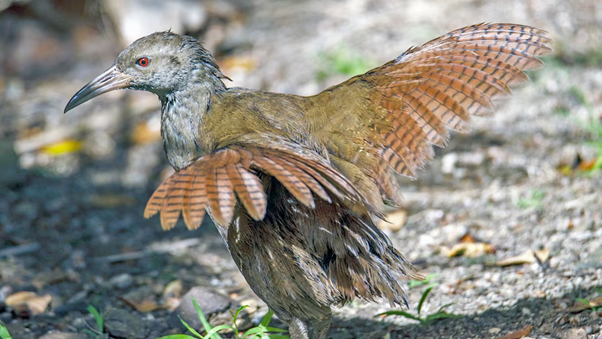
The flightless Lord Howe Woodhen; photograph from the Lord Howe Island Board
For further reading, access a detailed report by Grant Harper of the Lord Howe Island Rodent Eradication Project submitted to the Lord Howe Island Board here.
With thanks to Darcelle Matassoni, Project Officer, Lord Howe Island Board and Keith Springer, Operations Manager, Mouse-Free Marion Project for information.
Reference:
Harper, G.A. 2023. The Lord Howe Island Rodent Eradication Project: Rodent Eradication Checkpoint 2023. Lord Howe Island, Australia: Lord Howe Island Board. Unpublished Report. 19 pp.
John Cooper, Emeritus Information Officer, Agreement on the Conservation of Albatrosses and Petrels, 10 October 2023
Note: Amended from a news story first published by the Mouse-Free Marion Project on 05 October 2023.
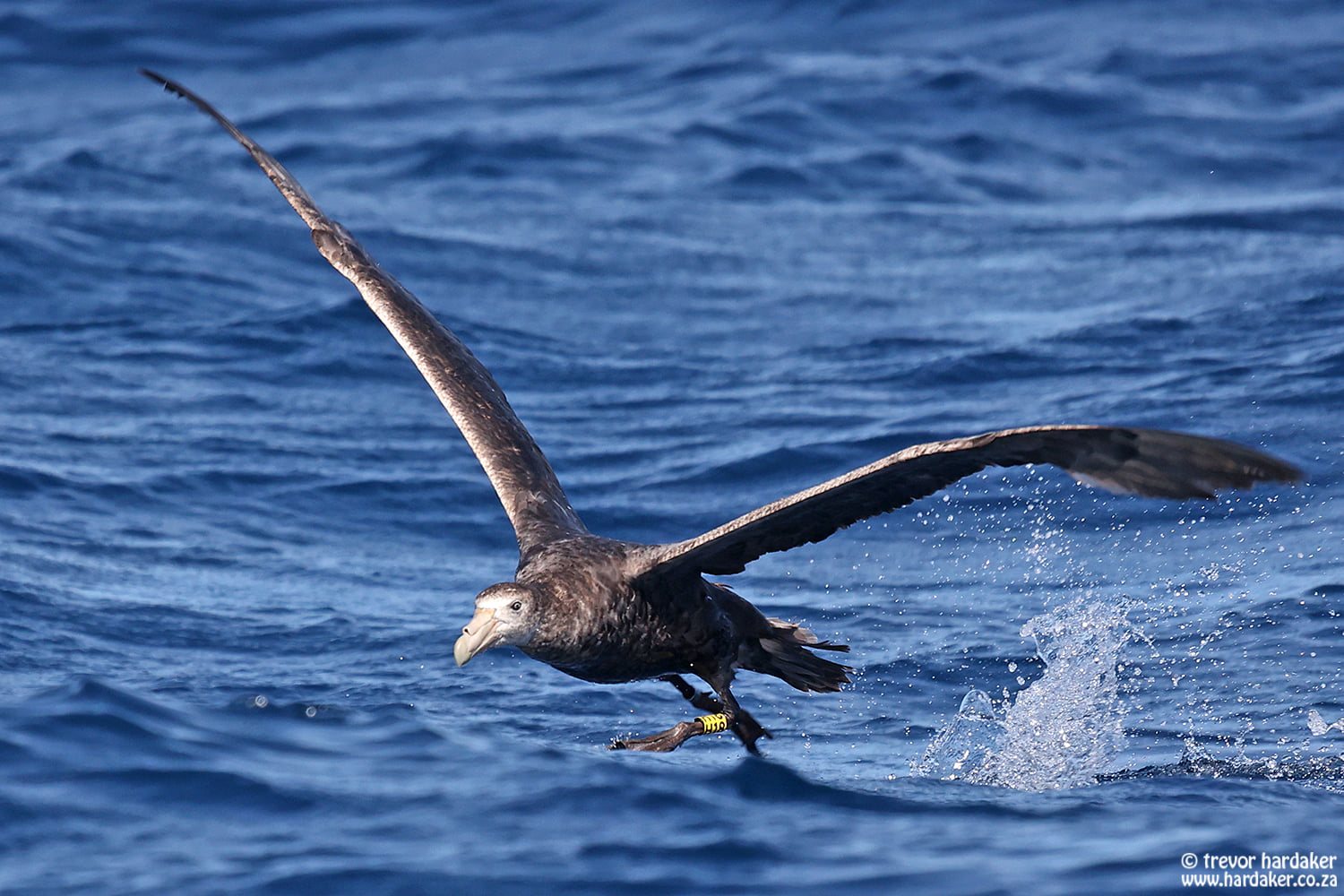 A Southern Giant Petrel takes flight; photograph by Trevor Hardaker
A Southern Giant Petrel takes flight; photograph by Trevor Hardaker
 English
English  Français
Français  Español
Español 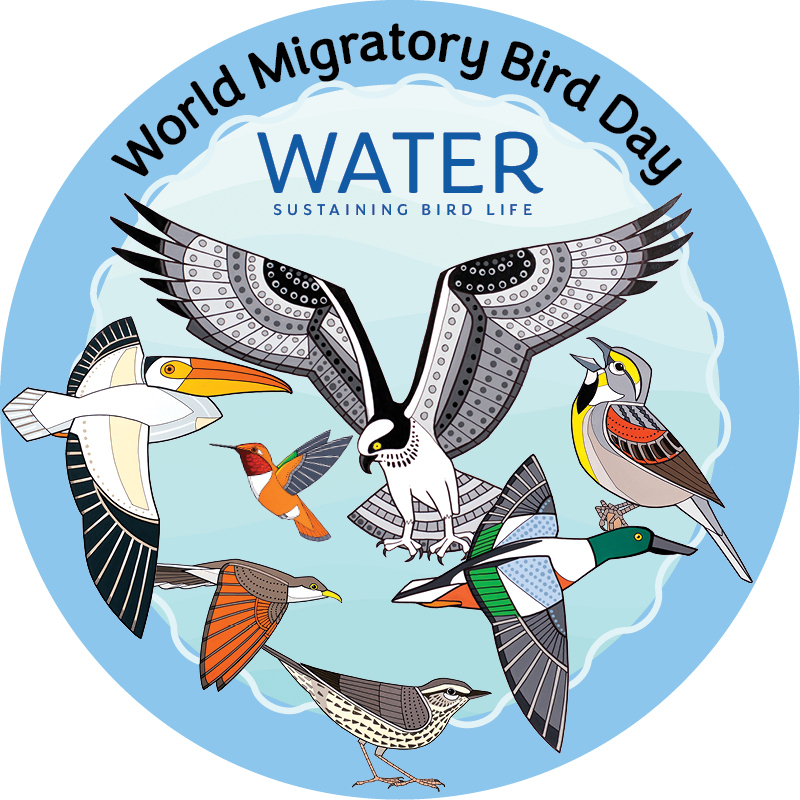 Nicaraguan artist, Augusto Silva created the artwork for this year’s World Migratory Bird Day to reflect the campaign’s theme, “Water: Sustaining Bird Life”.
Nicaraguan artist, Augusto Silva created the artwork for this year’s World Migratory Bird Day to reflect the campaign’s theme, “Water: Sustaining Bird Life”.




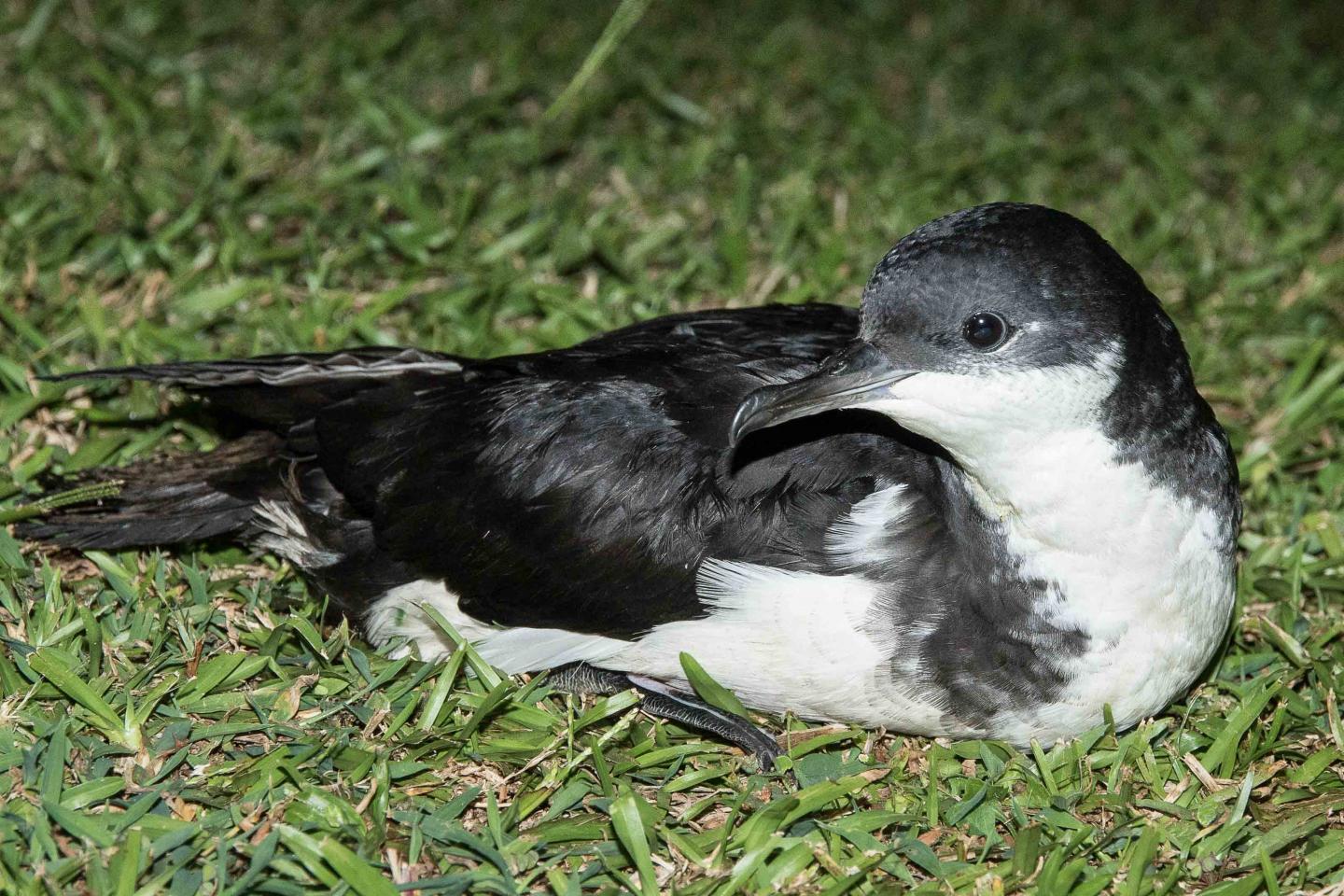
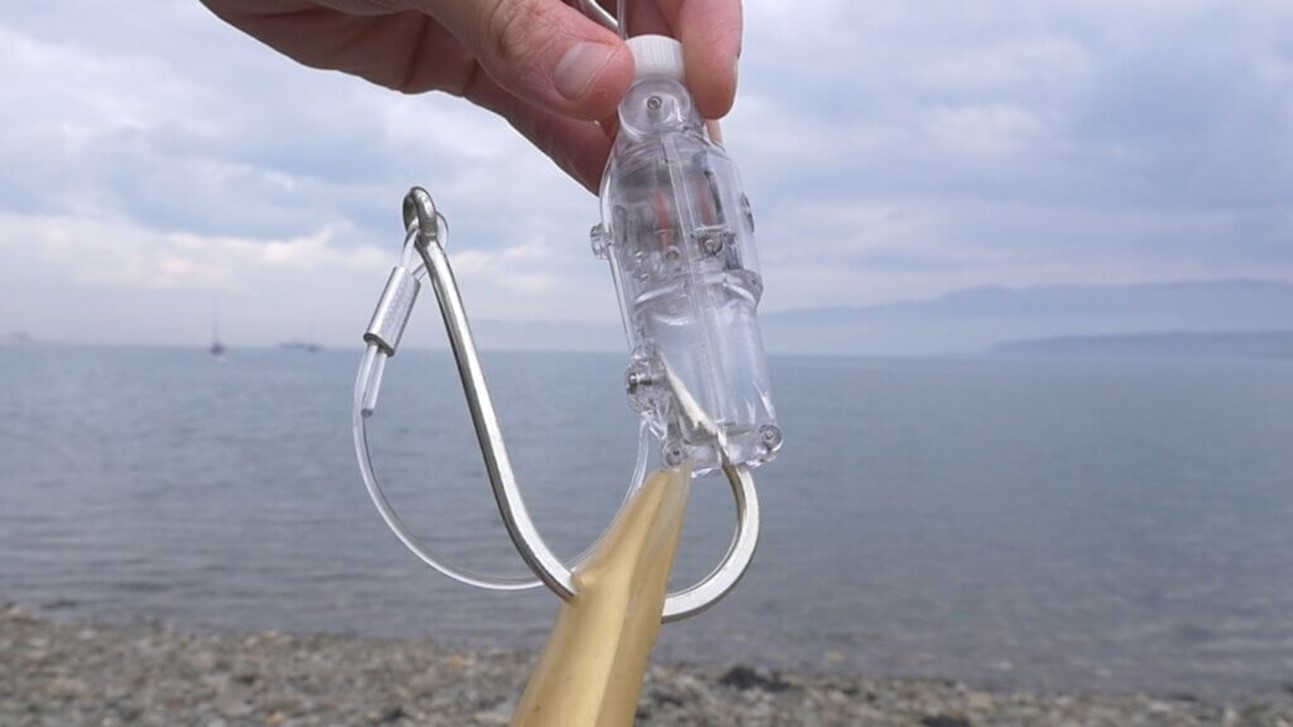 Weighted hooks including the Hookpod mini (pictured) were trialled in the project, "Demonstration of practicality and safety of alternative branchline weighting designs that reduce seabird catch risk in the Hawaii pelagic longline deep-set fishery" lead by Eric Gillman that received funding from the BREP in 2019.
Weighted hooks including the Hookpod mini (pictured) were trialled in the project, "Demonstration of practicality and safety of alternative branchline weighting designs that reduce seabird catch risk in the Hawaii pelagic longline deep-set fishery" lead by Eric Gillman that received funding from the BREP in 2019.